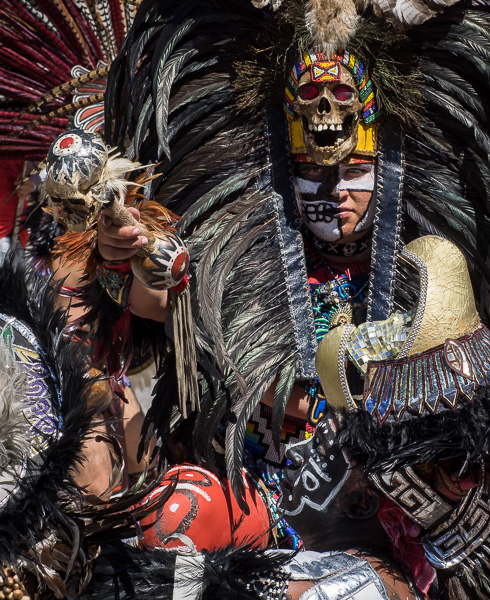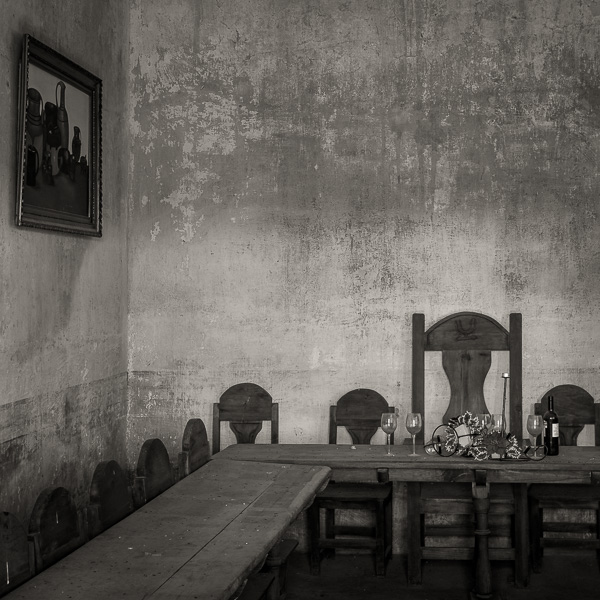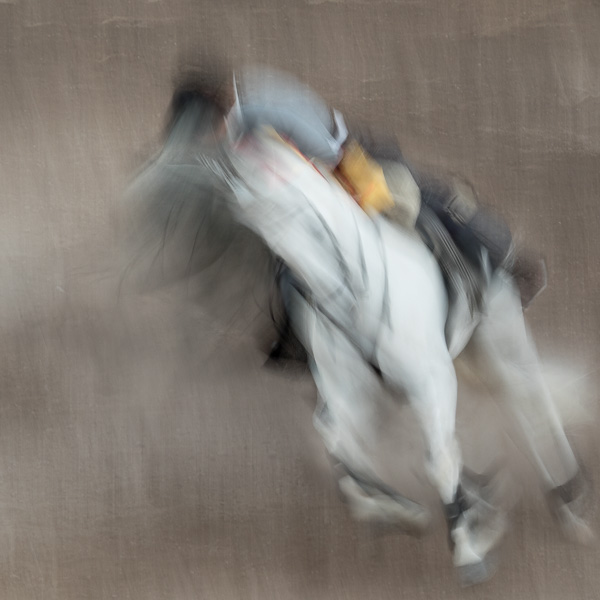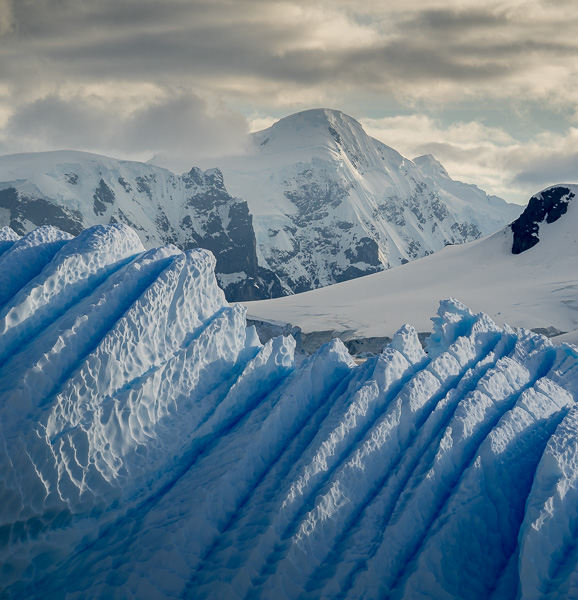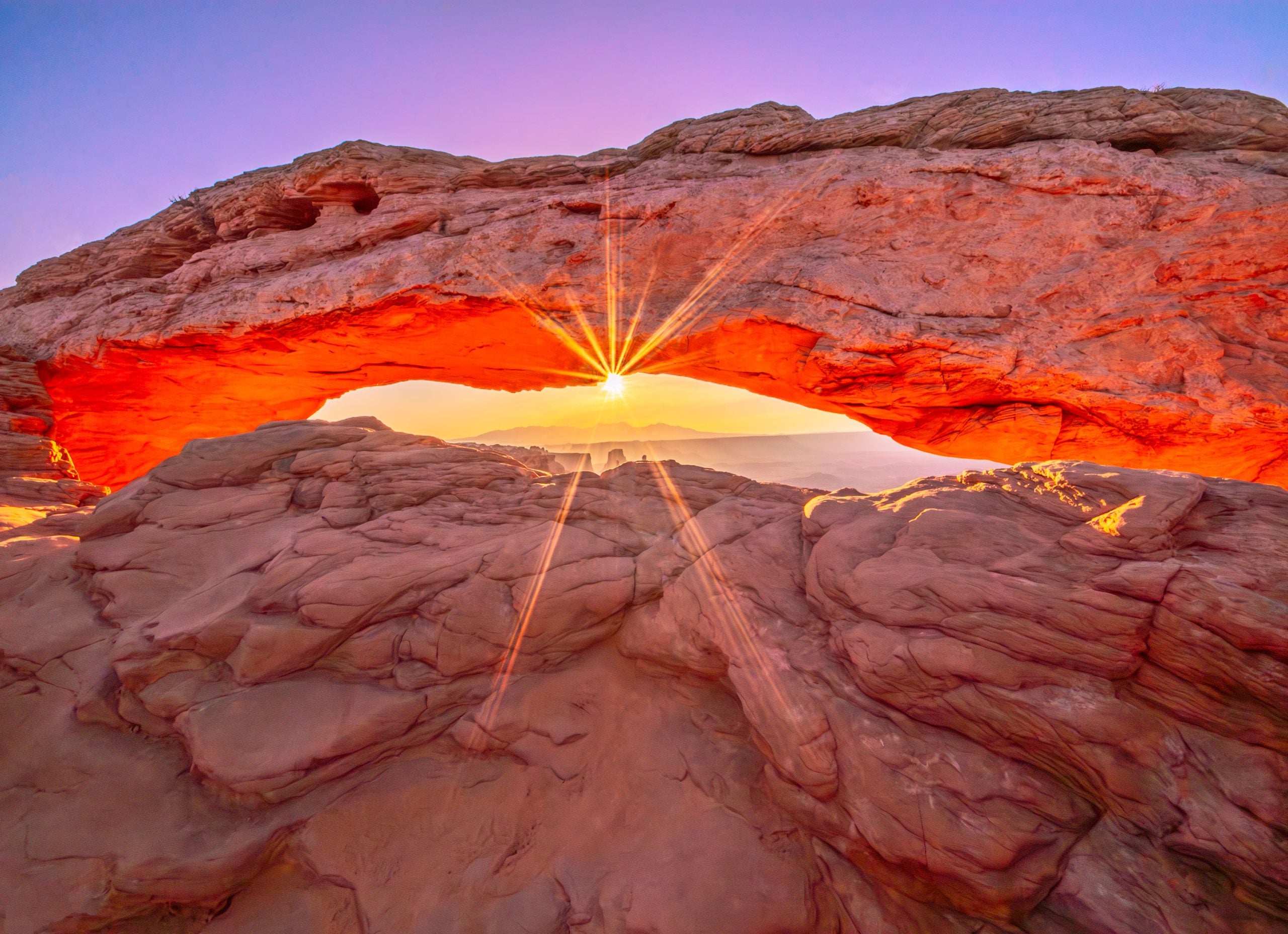This page is one of three devoted to photography in Yellowstone National Park in winter.
The other two pages are…
Yellowstone in Winter
and
Yellowstone Winter Landscapes
Their Winter Home
Though the conditions are harsh by any standard, a great many species make Yellowstone their winter home. Safety from humans is one of the reasons, but the warm thermal-fed rivers are a major factor. During our four days in the park we saw an abundance of Elk, Buffalo, Coyotes, Bald Eagles and Wolves.
Since my interest is in environmental wildlife photography, don’t look for head-and-shoulder portraits. I’m more interested in showing wildlife in the context of the landscape.
The first photograph below is a prime example.
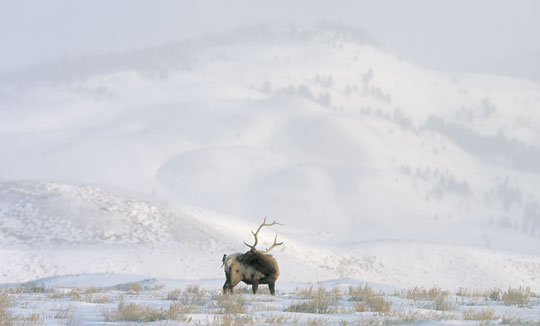 Behindyou, Yellowstone, Feb. 2002
Behindyou, Yellowstone, Feb. 2002
Pentax 67II with Pentax 400mm f/4 ED(IF) lens on Provia 100F
This is my favourite wildlife shot of the trip. You need to view the enlarged version of this image by clinking on the version above to see why. In a large print the humour of it, combined with the soft early morning light, creates a charming combination.
It was our fourth morning in the park and we had been driving for a while looking for the full moon to set shortly after sunrise, but it went behind some clouds and never reappeared. Somewhat disappointed at this we rounded a bend in the road and spotted this bull Elk in a field, with the distant hillside bathed in a hazy morning glow. Only after putting my 400mm lens on the camera did I see that there was a Magpie sitting on his rump. He seemed more curious as to what the bird was up to than annoyed by it. We were grinning from ear to ear.
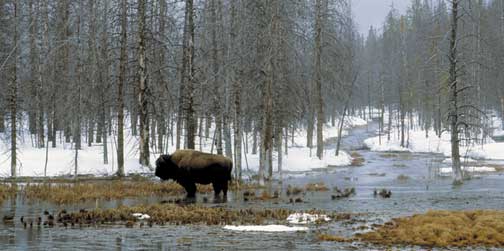 Buffalo River, Yellowstone. Feb. 2002
Buffalo River, Yellowstone. Feb. 2002
Pentax 67II with Pentax 400mm f/4 ED(IF) lens on Provia 100F
In Yellowstone you can get close enough to the Buffalo so that you could almost touch them (though you wouldn’t and shouldn’t‚ these are huge unpredictable creatures), so getting frame-filling close-ups isn’t all that difficult. But that’s not the type of wildlife photography that I enjoy. Rather, as mentioned, I like to create what are calledenvironmental wildlifeimages. These are essentially wild animals as seen in their natural environment‚ landscapes with animals, if you will. With its exotic and varied landscape it’s hard to image a place better suited than Yellowstone for doing this.
It was near the end of our first day of snowmobiling in the western section of the park. Though the air temperature was about -15C the water in this stream was well above 0 C, making for a temperate environment for several Bison. The light was fading quickly and a snow squall was brewing, but I managed a few quick frames before we remounted our snowmobiles and headed to the warmth of theOld Faithful Snow Lodge.
Though there is ample opportunity for intimate close-ups of the wildlife, there are frequently vistas where the animals recede and become a tiny, though significant part of the landscape. The following four images are examples of this. Each is best seen in their enlarged versions by clicking on the photographs here.
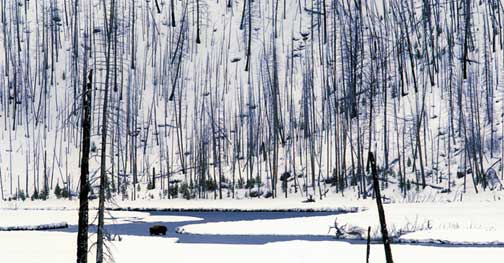 Buffalo River #2, Yellowstone. Feb. 2002
Buffalo River #2, Yellowstone. Feb. 2002
Pentax 67II with Pentax 400mm f/4 ED(IF) with 1.4X Extender lens on Provia 100F
 Elk on Cliff‚ Yellowstone, Feb. 2002
Elk on Cliff‚ Yellowstone, Feb. 2002
Pentax 645NII with Pentax (67) 400mm f/4 ED(IF) with 1.4X Extender lens on Provia 100F
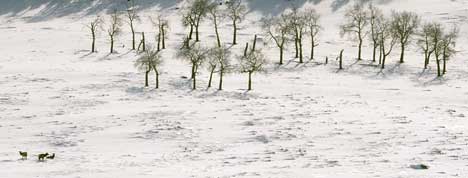 3 Elk and Trees, Yellowstone, Feb. 2002
3 Elk and Trees, Yellowstone, Feb. 2002
Pentax 67II with Pentax 400mm f/4 ED(IF) lens on Provia 100F
When I travel with my Hasselblad XPan outfit I find myself seeing things in a wide aspect ratio. In this case though I was using a long telephoto, and was intrigued by these elk standing in counterbalance to the line of trees. I cropped the image to a strong horizontal because that’s what the subject matter dictated. Everything else in the frame was extraneous to what I saw.
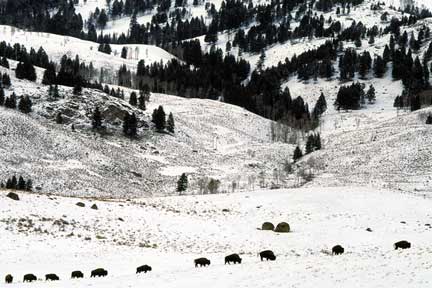 Buffalo File, Yellowstone, Feb. 2002
Buffalo File, Yellowstone, Feb. 2002
Pentax 67II with Pentax 400mm f/4 ED(IF) lens on Provia 100F
Watching this parade of buffalo from a distance I was struck by how they appear to be so much a part of the landscape that they are almost indistinguishable from the boulders behind them.
This type of wildlife photography, where the animals become an inherent part of the landscape‚ giving scale and relevance‚ particularly appeals to me.
 Bald Eagle and Branches, Yellowstone. Feb. 2002
Bald Eagle and Branches, Yellowstone. Feb. 2002
Pentax 645NII with Pentax (67) 400mm f/4 ED(IF) with 1.4X Extender lens on Provia 100F
On our last afternoon in the park we started to run out of steam (literally as well as figuratively) and began the long drive back to Bozeman, not expecting much in the way of shooting opportunities. No sooner had we said that than we spied this bald eagle. A quick stop, and after putting the 400mm along with the 1.4X on the 645 body and I managed a few frames before he flew off.
In the interest of full disclosure‚ I have "trimmed" a few branches using the cloning tool in Photoshop, something I almost never usually do. I decided though that in this case I had a better sense of esthetic than did Mother Nature.
This page is one of three devoted to photography in Yellowstone National Park in winter.
The other two pages are…
Yellowstone in Winter
and
Yellowstone Winter Landscapes
This subject will be featured in a forthcoming issue of The Luminous Landscape Video Journal.
Read this story and all the best stories on The Luminous Landscape
The author has made this story available to Luminous Landscape members only. Upgrade to get instant access to this story and other benefits available only to members.
Why choose us?
Luminous-Landscape is a membership site. Our website contains over 5300 articles on almost every topic, camera, lens and printer you can imagine. Our membership model is simple, just $2 a month ($24.00 USD a year). This $24 gains you access to a wealth of information including all our past and future video tutorials on such topics as Lightroom, Capture One, Printing, file management and dozens of interviews and travel videos.
- New Articles every few days
- All original content found nowhere else on the web
- No Pop Up Google Sense ads – Our advertisers are photo related
- Download/stream video to any device
- NEW videos monthly
- Top well-known photographer contributors
- Posts from industry leaders
- Speciality Photography Workshops
- Mobile device scalable
- Exclusive video interviews
- Special vendor offers for members
- Hands On Product reviews
- FREE – User Forum. One of the most read user forums on the internet
- Access to our community Buy and Sell pages; for members only.






